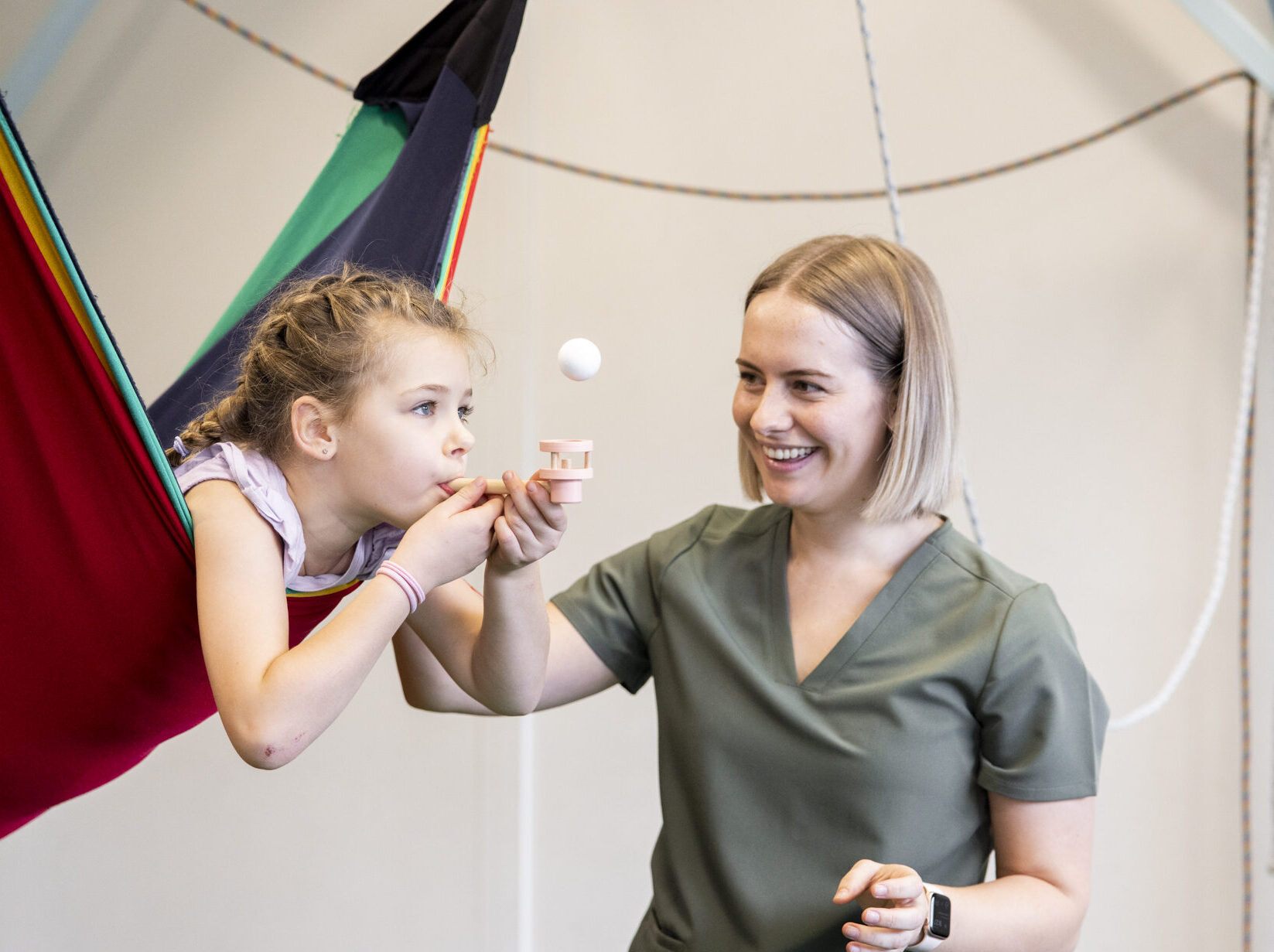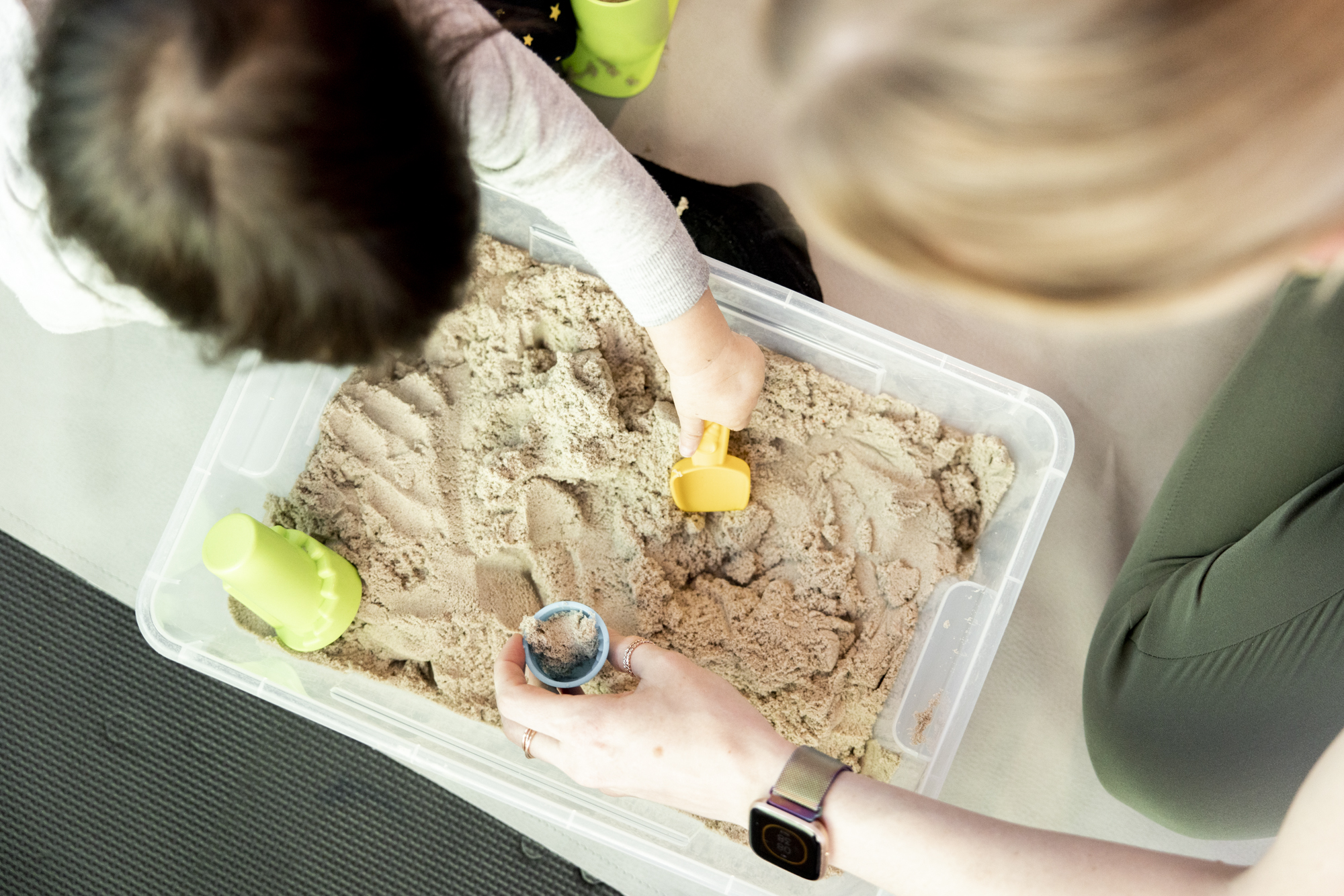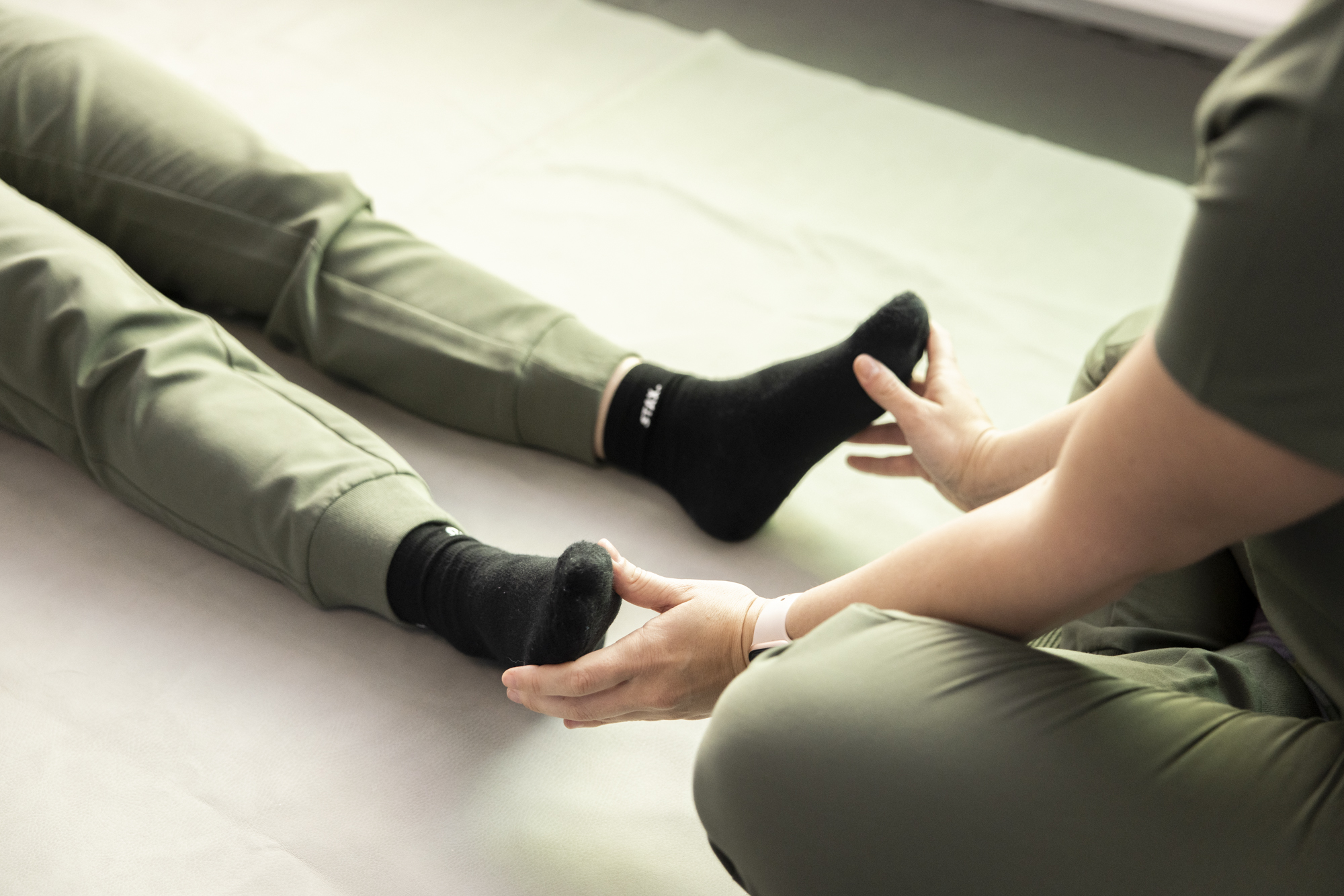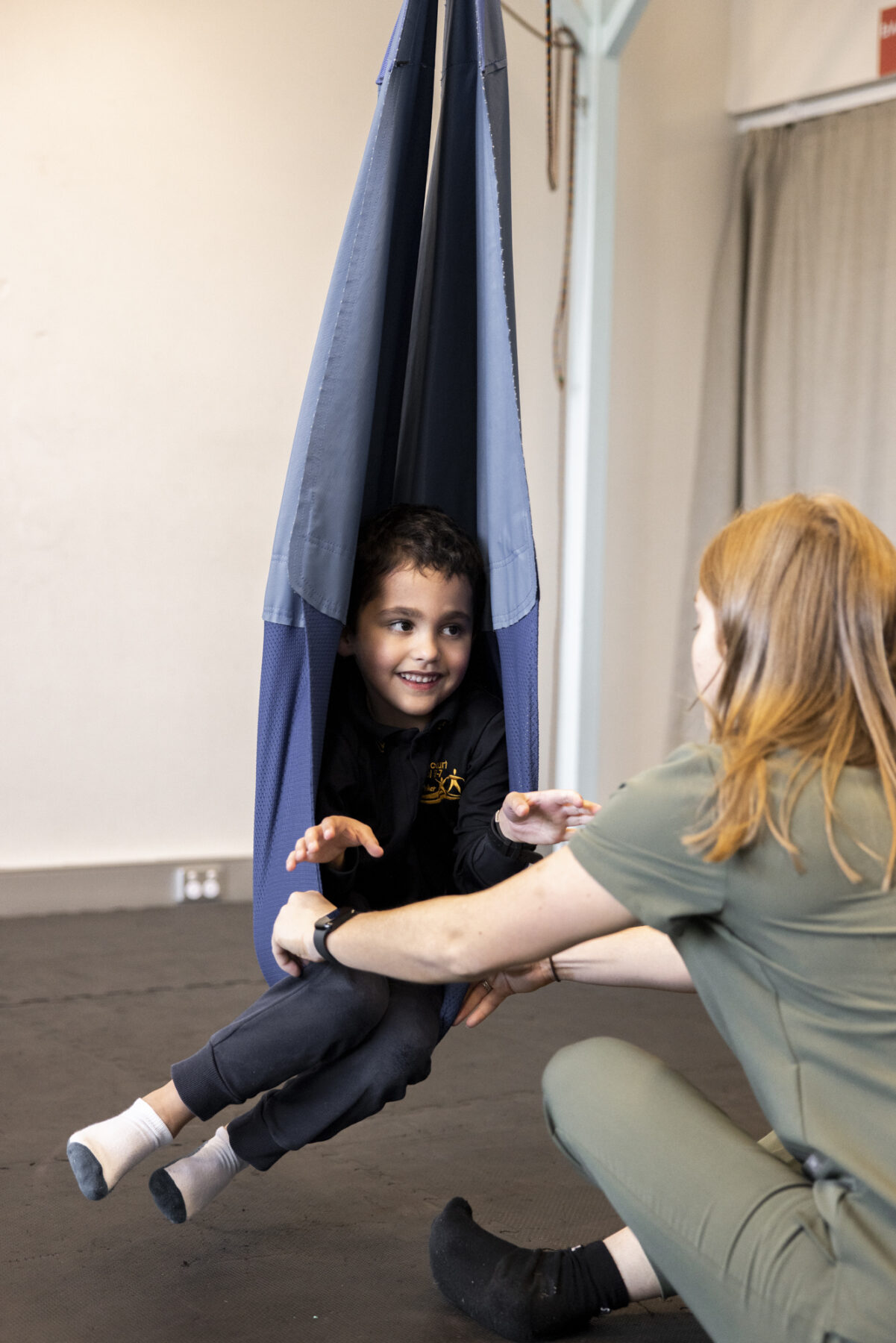The Interactive Metronome® (IM) was developed in the early 1990s and is an evidence-based training and assessment tool designed to improve cognition, attention, focus, memory, speech/language, executive functioning, comprehension, as well as motor & sensory skills. The IM has three goals:
- 1. improve neural timing and decrease neural timing variability (jitter) that impacts speech, language, cognitive, motor, & academic performance.
- 2. build more efficient & synchronised connections between neural networks in the brain.
- 3. increasing the brain’s efficiency, performance, and ability to benefit more from other interventions.
Who will benefit:
Children who may benefit from the IM include Attention Deficit/Hyperactivity Disorder, Autism Spectrum Disorders, Auditory Processing Disorder, Sensory Processing Disorder, Language-Learning Disorders, Dyslexia and Other Reading Disorders, Executive Function Disorder, Cerebral Palsy, Sports and Performance Enhancement.
Academic Improvement: Rhythmicity plays a critical part in learning, development, and performance. A study of 585 children aged 4-11 showed that improved timing in the IM linked directly to improved academic performance in reading, mathematics, oral/written language, and motor coordination.
Autism and the IM: White matter tracts are involved in language, speech processing and integration of auditory and motor function which are impacted in the autistic brain. Autistic children generally have trouble integrating simultaneous auditory & visual sensory information. This timing deficit hampers the development of social, communication & language skills. Autism has been hypothesised to arise from the development of abnormal neural networks that exhibit irregular synaptic connectivity and abnormal neural synchronization. The IM targets the integration of visual and auditory timing.
ADHD and the IM: In a study of 56 boys with ADHD aged 6-11 years, the control group experienced a placebo video game experience and the second group received 15 one-hour IM sessions. The IM group showed statistically significant improvement on 53 out of 58 tests and subtests. Improvements were seen in: attention to task, processing speed & response time, attaching meaning to language, decoding for reading comprehension, sensory processing (auditory, tactile, social, emotional), reduced impulsive & aggressive behaviour.
How does it work:
Interactive Metronome® (IM) measures & improves neuro-timing, or the synchronisation of neural impulses within key brain networks. As the child activates a trigger in time with a steady auditory beat, IM technology provides real-time auditory and visual feedback for millisecond timing. Knowing whether the child is hitting before, after, or exactly in sync with the beat to the millisecond allows the child to make immediate, online corrections to improve timing & rhythm over the course of training. The Interactive Metronome can be used within therapy sessions or as an intensive therapy program. Within therapy, it is incorporated into sensory-motor activities to increase the child’s motivation and performance. The IM can be purchased for home use and links directly to the Motivate Kids unit, this allows the therapist to set the child’s home program settings, so the parent-carer simply needs to turn on the device and the child begins. This also provides feedback to the therapist to adjust the home program as required.










